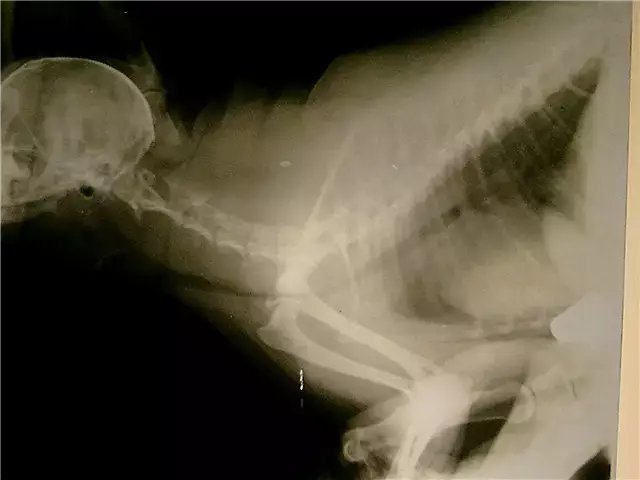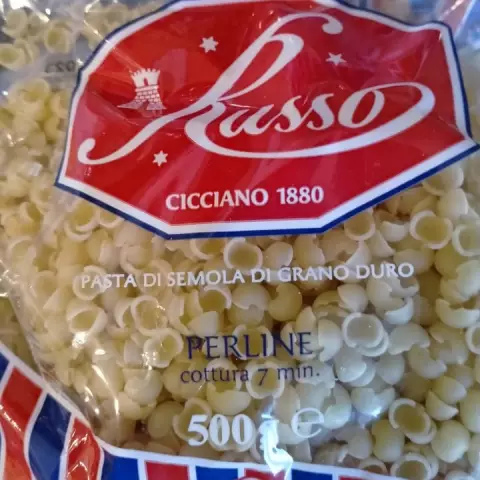- Author Rachel Wainwright [email protected].
- Public 2023-12-15 07:39.
- Last modified 2025-11-02 20:14.
Glycised
Instructions for use:
- 1. Pharmacological action
- 2. Release form
- 3. Indications for use
- 4. Instructions for use
- 5. Side effects
- 6. Contraindications to use

Glycised is a sedative.
pharmachologic effect
Glycised has a nootropic, mild sedative effect, eliminates anxiety.
The active ingredient of the drug is glycine, an amino acid that is found in almost all tissues of our body and acts as a neurotransmitter.
Glycised is involved in the production of proteins and physiologically active substances, has a neuroprotective effect.
After using the drug, psychoemotional reactions weaken, a person's social adaptation increases, irritability, conflict, and aggressiveness decrease.
Glycised, in addition to tranquilizing, nootropic and sedative, also has an antitoxic effect in case of various poisonings, incl. alcoholic.
Best of all, the pharmacological effect is manifested with the sublingual use of Glycised.
Release form
Glycised is released in the form of sublingual (sublingual) tablets.
Indications for the use of Glycised
Glycised according to the instructions is prescribed for pathologies of the nervous system of various origins:
- circulatory disorders of the brain.
- Infections affecting the nervous system, deterioration of the state of the nervous system after infections.
- Traumatic brain injury.
- Encephalopathy of various origins, incl. alcoholic;
- Asthenic conditions, alcohol withdrawal, neurocirculatory dystonia.
The use of Glycised is effective for improving memory, intellectual activity, for increasing the level of learning, with mental exhaustion.
Glycised is also used in complex therapy aimed at relieving psycho-emotional stress, eliminating sleep disorders, depression, irritability.
There are good reviews about Glycised, its use to reduce alcohol cravings.
Instructions for the use of Glycised

Reception of funds does not depend on the time of the meal. A tablet of Glycised is placed under the tongue.
To relieve psychological intellectual overstrain, to improve memory, the 1st tablet is prescribed 2-3 r / day. The treatment lasts 15-30 days.
With asthenia, it is prescribed to take two tablets of Glicised three r / day. The treatment lasts about 30 days.
In case of sleep disorders, according to the instructions, Glycised is prescribed to be taken shortly before bedtime on the 1st tablet (20 minutes). The therapy lasts about a month.
For the treatment of alcoholism, reducing the pathological craving for alcohol, Glycised is taken once - one tablet. After 10-15 minutes, if necessary, the pill can be taken again. The permissible dose is 600 mg of the drug per day.
A repeated course of taking the drug is carried out, if necessary, 4-6 r / year.
Children over 3 years old, to relieve increased excitability and eliminate sleep disturbances, Glycised are given two or three r / day for the 1st tablet. The treatment lasts 1-2 weeks.
Children with asthenia and mental retardation are prescribed to take the 1st tablet 2-3 r / day for 15-30 days.
If there are indications, the course of treatment can be repeated.
Side effects
Reviews of Glycised are mostly positive, it rarely causes negative side effects.
In the event of an overdose or the use of the drug by a patient with increased sensitivity to it, a rash, itching, headache, nausea, urticaria may appear.
Contraindications to the use of Glycised
Glycised is contraindicated in case of individual intolerance. The drug is prescribed with caution to patients with hypotension.
Due to the fact that Glicised tablets are only for sublingual use, they are not given to children under 3 years of age.
Information about the drug is generalized, provided for informational purposes only and does not replace the official instructions. Self-medication is hazardous to health!






